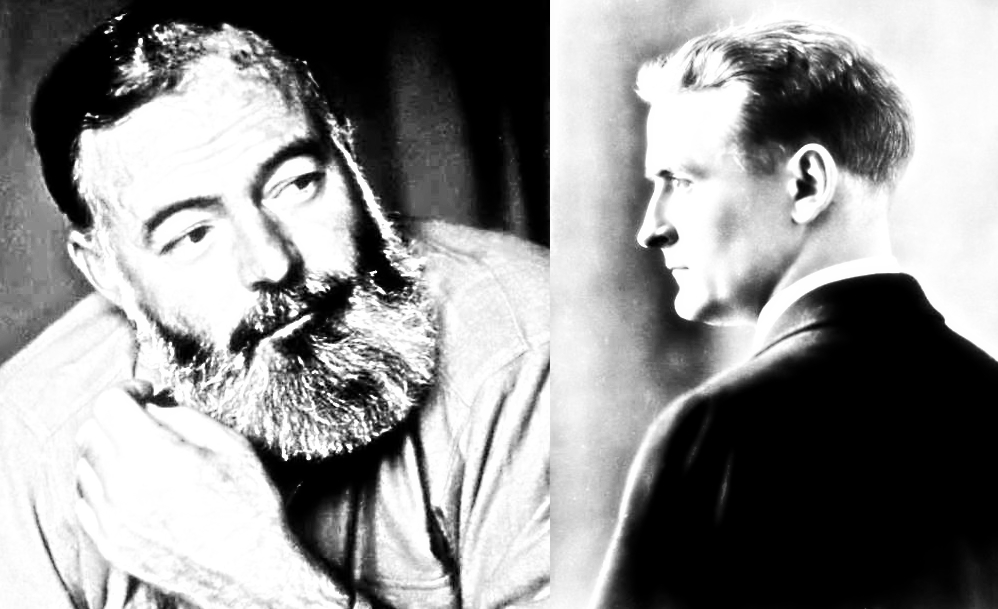Women with power do not have to consort with the devil.
Today, we look at a recent character who has appeared in our book study: Morgan le Fay. The reasons I bring her up is twofold: for one, she is now the most nefarious character we have met in the realm, and for two, there is a long history of women and their relationship to witches if even a modicum of power is thought to be within their grasp.
So, for this post we are going to analyze Morgan le Fay’s character and how it relates to medieval and (somewhat) modern views of witches in order to understand how women were maligned throughout history regardless of their transgressions.
Appearance in A Connecticut Yankee in King Arthur’s Court
In Mark Twain’s A Connecticut Yankee in King Arthur’s Court, Morgan le Fay is a variety of things: she is smart, she is a talker, she is interesting, and she is charismatic.
“She caused us to be seated,” states Hank Morgan, the protagonist, “and then she began, with all manner of pretty graces and graciousnesses, to ask me questions. Dear me, it was like a bird or a flute, or something, talking.” (Twain).
However her reputation preceeds her.
“… for I knew Mrs. le Fay by reputation, and was not expecting anything pleasant,” Hank states. “She was held in awe by the whole realm, for she had made everybody believe she was a great sorceress. All her ways were wicked, all her instincts devilish. she was loaded to the eylids with cold malice.”
And it is shortly after her kind introduction that she reveals herself, her true self, by stabbing a man with a dagger who dared to accidentally touch her. Her duality is almost Elizabeth Bathory-levels of wickedness. A ruler with literal skeletons in her closet.
Traditional views of Morgan le Fay
With many interpretations, Morgan le Fay comes off as evil in comparison to her brother King Arthur, and often is the cause of his undoing, as she mothers their incest-child, Mordred. However, in earlier texts, Morgan is actually a helper and healer of Arthur in Avalon (and in one account the ruler of Avalon), where she holds the house and tends to her brother (Britannica). For instance, Morgan’s first appearance seems to be in Geoffrey of Monmouth’s Vita Merlini (1148) where she is very much a healer and helper to Arthur.
Later writings, such as the Vulgate Cycle (1215-1235) characterizes her as a malevolent force capable of great black magic which both harms people and hides her true age.
In Morgan le Fay: Origins and Evolution, researcher Andrea Whyland writes that Morgan’s change in the Vulgate Cycle shows that she is no longer a background player, but an active participant of the story. She states: “Morgan now lives in a castle, instead of the Otherworld of Avalon. Her magical powers suddenly become tools that are used for evil or manipulative purposes, rather than healing which is seen in earlier works. From this point forward, Morgan also plays more of an integral role in the sequence of events” (Whyland).
Additionally, Morgan becomes a sexual being, attempting to seduce and capture Lancelot on multiple occasions. Her sexuality and penchant for magic clearly aligns her with a certain amount of “witchiness,” that extends beyond the early cycles she appears in and into the 1600s where women with power were viewed as evil, harassing hags. As such, in later writings (Suite du Merlin and Sir Gawain and the Green Knight), Morgan conspires against the heroes from Merlin to Arthur to exact revenge for love lost and to shame the entire Round Table.
Comparison to witches
At the height of witchcraft trials and wrongful executions (1500-1660), witches were burned (or hanged) for many reasons during what was called “The Great Hunt.” Upwards of 80,000 people were accused of witchcraft and half of them were killed. Consorting with the devil was a major cause of concern for many societies and maintaining the status quo was likewise important, so accusations of deviltry in communities was a huge accusation and prompted investigations; however, accusations were time-consuming and expensive, so not every accusation went to court (but certainly existed as rumor which was damning enough for the social structure of a village).
As some sources stated of accusations, “maleficium” or sorcery, “prompted a wide array of suspicions.” Accusations typically included dying or diseased livestock, blighted crops, aggressive storm, feuds, rivalries, or something political in nature (Britannica).
Nevertheless, when we compare Morgan le Fay (at least her appearance in Twain’s novel) to the idea of a witches, we find comparisons can be drawn to other women of lore and history. Joan of Ark being one of them.
National Geographic states of Joan of Ark, a medieval peasant, that she was convinced by voices to fight against the English for the French. In battle, “she helped liberate the city of Orleans, invigorating the French troops’ morale.” However, after she was taken prisoner by the English, she was burned at the stake in 1431 for being a witch.
What is more, Anne Boleyn, who was the unfortunate wife of Henry VIII, could not provide him with a male child, so–whether that reasons was Henry’s reason or not–she was found guilty of “adultery and treason,” and was beheaded; later, she was accused of “being an 11-fingered witch” (Levy).
The list goes on.
What these women have in common with Morgan le Fay is her power and her place in society. As Twain writes derisively of feudal society and its related ills to the Gilded Age, we also find his wit in comparing le Fay to what used to be sorceresses in the 1500s and 1600s–witches. She is cunning, evil, shrewd, and quick to murder. And she focuses on torture as a means of extracting crucial evidence.
Yet, we must also understand that witches, much like Morgan le Fay, were thought to be healers and helpers in their histories before their reputations became blackened by society when it was necessary. When Morgan le Fay needed to become a frontline character in Arthurian legends, she became more malicious, violent, and vengeful. Witches, too, went from healers to vile vagrants and connivers.
Witches as healers predate the long-standing synonymy of witches and the devil–even though modern interpretations are far more feminist and favorable to witchcraft as empowerment. Perhaps, the spread of male-dominated religions ruled out “female deities” who had long “Trained in the sacred arts” and “became known as wise women.”
The transformation to devil-worshipper happened to real women just as Morgan le Fay’s transformation happened ot her fictionalized self.
“Centuries later, this fear of witches spread to Europe … when the plauge decimated Europe by killing one in three people … Amid the panic, many attributed their misfortune to the Devil himself–and his suposed worshippers.”
Of course, when hysteria takes off (like The Dancing Plague of 1518 [Choreomania]) it is impossible to stop and the stories keep building, from allegations of late-night rituals, to sacrificing infants, to naked dancing and sexual promiscuity. I would also imagine, much like Morgan le Fay, torturing and murdering the innocent would get you called a sorceress or witch as well.
Works Cited
Levy, Daniel. “Witch panics killed thousands throughout history.” National Geographic. May 11, 2022. National Geographic Society. Web. https://www.nationalgeographic.co.uk/history-and-civilisation/2022/05/witch-panics-killed-thousands-throughout-history
“Morgan Le Fay.” Britannica. Sept. 21, 2023. Web. https://www.britannica.com/topic/Arthurian-legend
Silverman, Leah. “The History of Witches: How Christianity and Misogyny Turned Revered Healers into Wicked Pariahs.” Allthatsinteresting. Oct. 31, 2015. Web. https://allthatsinteresting.com/history-of-witches
Whyland, Andrea. Morgan le Fay: Origins and Evolution. Hanover.edu. Dec. 12, 2000. Web. https://vault.hanover.edu/~battles/arthur/morgan







